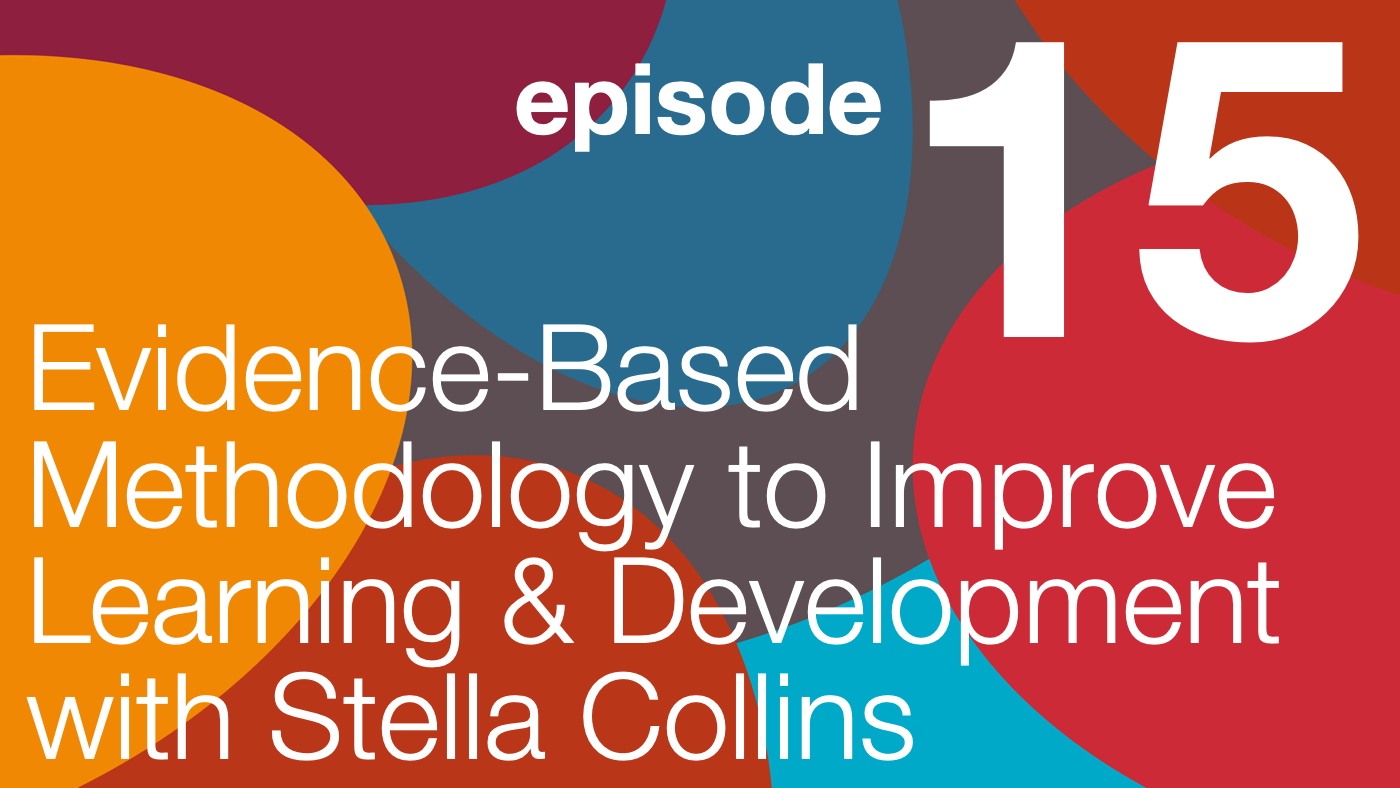Evidence-Based Methodology to Improve Learning and Development

We are always seeking to improve learning and development. It’s in our nature as human beings.
Did you know up to 80% of information is forgotten within 24 hours? Admittedly, this is not an encouraging statistic for those of us seeking to raise awareness, change behaviour, and foster an appropriate organizational culture.
For this reason, we at the Re-Thinking the Human Factor Podcast are looking for answers from outside the security industry from people who can provide an evidence-based path forward which can help us to improve learning and development. We’re happy to share some fresh insights with you on the topic of improving the training experience, likelihood of learning, and stickiness of memory after the training is completed.
Evidence-Based Methodology For Improving Learning & Development
Evidence-Based Methodology to Improve Learning and Development
Stella Collins joins Bruce in Series 2 / Episode 3 of the Re-Thinking The Human Factor podcast to have a deeper look into how we can improve learning and development using evidence-based methodology.
She is a learning specialist, an expert in Brain Friendly learning, author of Neuroscience for Learning and Development, and the Creative Director of Stellar Learning, a business whose goal is to transform training, learning and communication – particularly when it’s tough, technical or tortuous. They support and train their clients to build excellent relationships and make critical messages stick.
With a BSc in Psychology, an MSc in Human Communication, a coaching diploma, 15 years in the IT industry, and more than 15 years in L&D, she injects a theoretical knowledge of learning and communication with creative and practical ideas and hands-on experience. Stella says
“there’s no such thing as a boring topic – just boring training.”
JOIN STELLA COLLINS AND BRUCE HALLAS AS THEY DISCUSS:
- The importance of knowing the background behind a neuroscientific finding, i.e., who’s done the research, what was on their agenda when they did it, and whether the proper research methodology and statistical analysis was used to arrive at the conclusion on which your team is now basing its L&D and policy changes
- The empowering nature of evidence-based ideas
- Effective planning for L&D training, including making people excited about going through the training, and making the most of the time you have with people rather than wasting time and money on a captive audience that will forget most of what they learned within 24 hours (see our opening statement above)
- The importance of what happens after L&D training, like inter-staff communication and ensuring that the work environment is conducive to easy adoption of new skills and policies
- What is learning?
- Neuroplasticity, or the fact that our brains are flexible and able to create new pathways for learning throughout life
- Ways to maximizing the potential for learning when engaging in training efforts
- When it comes to learning and memory, humans are not sponges as the metaphor suggests
- The future of L&D and self-directed learning
“An experience, as opposed to fact…When we have an experience, we remember that sensory information… Emotion is massively sticky. Emotions and senses are hugely important.”
FURTHER STUDY AND RESEARCH
Neuroscience for Learning and Development by Stella Collins
Stellar Learning (How you tick, make it stick)
Choice Architecture
Neuroplasticity
MORE ABOUT STELLA COLLINS:
Please subscribe to the podcast in iTunes, and if you enjoyed this interview, please share with your friends and colleagues and leave a 5-star rating and review.
